Equity Management: The Art and Science of Modern Quantitative Investing
$25.63
| Author(s) | , |
|---|---|
| Format |
|
| Pages |
677 |
| Publication Year |
2017 |
A powerful combination of in-depth research and expert insights gained from decades of experience, Equity Management, Second Edition includes 24 new peer-reviewed articles that help leveraged long-short investors and leverage-averse investors navigate today’s complex and unpredictable markets. Equity Management provides the most comprehensive treatment of the subject to date. More than a mere compilation of articles, this collection provides a carefully structured view of modern quantitative investing. You’ll come away with levels of insight and understanding that will give you an edge in increasingly complex and unpredictable markets.
Introduction:
This volume presents 15 pioneering articles by Bruce Jacobs and Kenneth Levy. In particular, it includes the Jacobs and Levy (1988) seminal work on “Disentangling Equity Return Regularities: New Insights and Investment Opportunities.” Such disentangling of multiple equity attributes improves estimates of expected returns. Other articles in this volume, especially in Part 1, spell out some of the implications of this disentangling for various investment issues. Parts 2 and 3 are concerned with how to make the most effective use of investment insights, such as those provided by disentangling. In particular, Part 2 is concerned with the construction of long portfolios; Part 3, with long-short portfolios. In the introductions to the three parts, Jacobs and Levy present background and highlights.
It may be fairly asserted that Jacobs and Levy’s work is based on mine, and my work is based on theirs. Specifically, Markowitz (1956 and 1959) presented the “general mean-variance portfolio selection model,” extending an earlier Markowitz (1952) proposal. The portfolio selection models discussed in Parts 2 and 3 of this volume are special cases of the Markowitz “general” model. This is the sense in which their work is based on mine.
Mean-variance analysis requires, as inputs, estimates of the means and variances of individual securities and covariances between pairs of securities. Markowitz (1952, 1956, and 1959) does not specify how to estimate these inputs. When colleagues and I built DPOS (the Daiwa Portfolio Optimization System) in 1990, however, our expected return estimation procedures were based on Jacobs and Levy (1988) [see Bloch et al. (1993)]. Thus our work was based on theirs.
Contents:
- Ten Investment Insights That Matter
- The Complexity of the Stock Market
- Disentangling Equity Return Regularities: New Insights and Investment Opportunities
- On the Value of “Value”
- Calendar Anomalies: Abnormal Returns at Calendar Turning Points
- Forecasting the Size Effect
- Earnings Estimates, Predictor Specification, and Measurement Error
- Engineering Portfolios: A Unified Approach
- The Law of One Alpha
- Residual Risk: How Much Is Too Much?
- High-Definition Style Rotation
- Smart Beta versus Smart Alpha
- Smart Beta: Too Good to Be True?
- Is Smart Beta State of the Art?
- Investing in a Multidimensional Market
- Long-Short Equity Investing
- 20 Myths About Long-Short
- The Long and Short on Long-Short
- Long-Short Portfolio Management: An Integrated Approach
- Alpha Transport with Derivatives
- Enhanced Active Equity Strategies: Relaxing the Long-Only Constraint in the Pursuit of Active Return
- 20 Myths About Enhanced Active 120-20 Strategies
- Enhanced Active Equity Portfolios Are Trim Equitized Long-Short Portfolios
- On the Optimality of Long-Short Strategies
- Trimability and Fast Optimization of Long-Short Portfolios
- Portfolio Optimization with Factors, Scenarios, and Realistic Short Positions
- Leverage Aversion and Portfolio Optimality
- Leverage Aversion, Efficient Frontiers, and the Efficient Region
- Introducing Leverage Aversion into Portfolio Theory and Practice
- A Comparison of the Mean-Variance-Leverage Optimization Model and the Markowitz General Mean-Variance Portfolio Selection Model
- Traditional Optimization Is Not Optimal for Leverage-Averse Investors
- The Unique Risks of Portfolio Leverage: Why Modern Portfolio Theory Fails and How to Fix It
- Option Pricing Theory and Its Unintended Consequences
- When Seemingly Infallible Arbitrage Strategies Fail
- Momentum Trading: The New Alchemy
- Risk Avoidance and Market Fragility
- Tumbling Tower of Babel: Subprime Securitization and the Credit Crisis
- Financial Market Simulation
- Simulating Security Markets in Dynamic and Equilibrium Modes
Equity Management: The Art and Science of Modern Quantitative Investing By Bruce I. Jacobs, Kenneth N. Levy pdf
4 reviews for Equity Management: The Art and Science of Modern Quantitative Investing
Clear filtersOnly logged in customers who have purchased this product may leave a review.

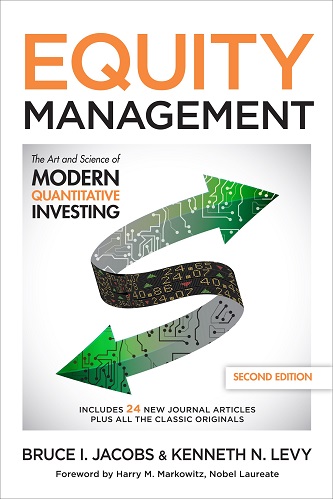
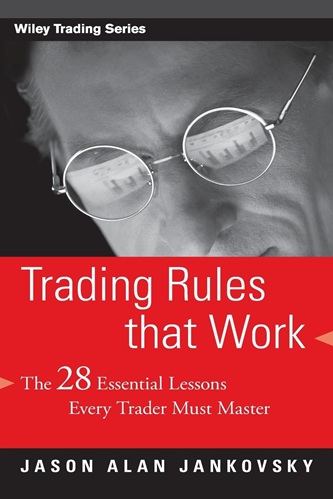
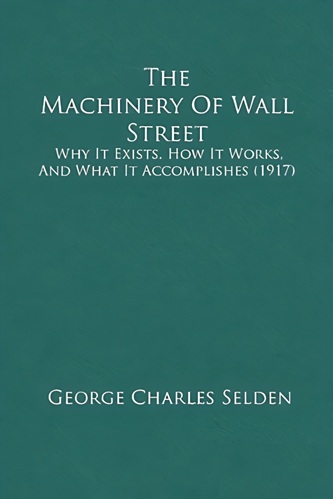
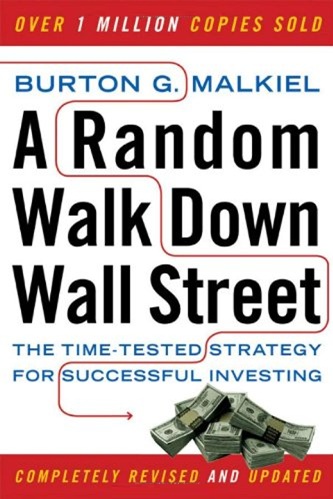
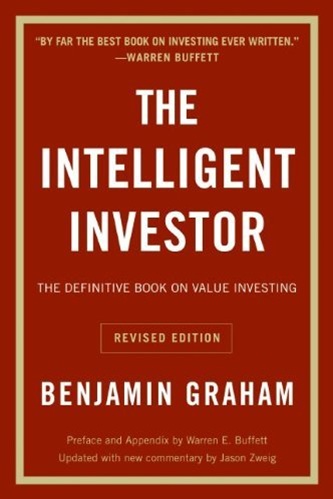
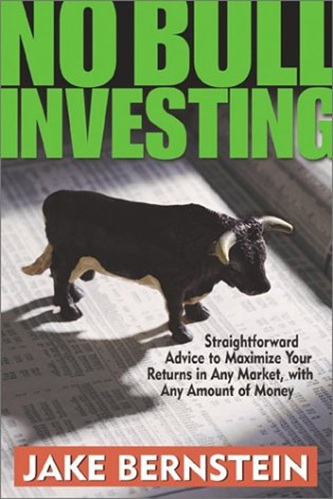
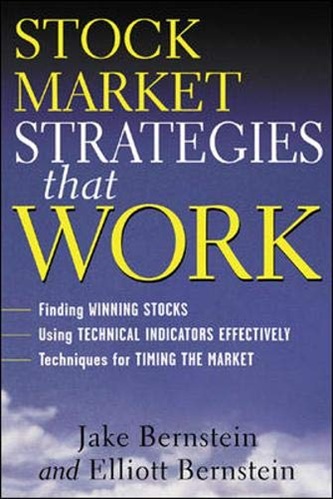


Cole Rios (verified owner) –
Bruce Jacobs and Kenneth Levy are both practitioners and scholars of what the subtitle of this book calls ‘modern quantitative investing.’ The article that will likely most interest readers of The Federal Lawyer is one of the new additions to this edition, and one with the wonderfully scriptural title “Tumbling Tower of Babel: Subprime Securitization and the Credit Crisis.” It discusses the causes of the then-ongoing global financial crisis. Jacobs’ article and its notes offer a very valuable brief introduction to the subject and the literature, with much straight-forward explanation, even of the alphabet-soup of the crisis.
Ty Parker (verified owner) –
Excellent book full of insight
Anne Ellis (verified owner) –
My take on this book is that it is an almost 670-page marketing tool for strategies used by Jacovs and Levy in their asset management firm.
The first 200+ pages contain stale information with empirical results ending mostly prior to the 1990s (with some through the mid-1990s). It would have been nice for these results to have been updated to see whether the results still hold using or including more recent data or whether these old results were simply a result of data mining. The primary example is the discussion of the size premium, which was a big deal from 1981 (given the publication by Banz of the seminal article on this topic) to about the mid-1980s. The evidence since the mid-1980s show that the size premium no longer exists (see, e.g., page 452 John Cochrane’s Asset Pricing (Princeton Univ. Press, 2005) and page 457 of Andrew Ang’s Asset Management (Oxford Univ. Press, 2014)). Also, the main insight in these first 200+ pages is that simple models using a few factors (e.g., CAPM which only has the market as the lone factor) do not properly capture what matters and that one would need multivariate models that are able to extract what the authors call “pure” returns given the interrelationships of many factors.
About 160 pages is devoted to a discussion on long-short strategies. The high-level discussion of long-short strategies is actually pretty good until more selling happens. Next, another 160 or so pages is devoted to a discussion of portfolio optimization in which the authors attempt to “sell” their Mean-Variance-Leverage model (i.e., the convention is to add constraints for leverage in the optimization model, while the authors propose augmenting the utility function for leverage and then optimizing). This is probably the only section that requires more patience and advanced mathematical knowledge. This is followed by about 50 pages of a seemingly randomly-placed discussion of the subprime financial crisis. The book then ends with more selling. The authors promote their simulation model, which was jointly developed with Nobel prize winner Harry Markowitz.
Admittedly, this book has a decent amount of appeal to those that want to do active management and it has a quantitative twist that adds to that appeal. However, no one is selling any trade secrets here. No magic formulas are found in the book, so those that are interested in pursuing this path would only get a conceptual understanding of the techniques. A lot of hard work is then necessary to identify these factors, which is really where all the money is – i.e., the conceptual techniques are well-known but how do you identify factors that allow you to make money is the extremely challenging part.
Aubrey Powers (verified owner) –
Seldom can it be said that a book has “something for everyone” and yet it can be said of this book, Equity Management, the Art and Science of Modern Quantitative Investing, 2nd edition, authored by Bruce Jacobs and Kenneth Levy.
Dealing with investing and portfolio management, Equity Management provides something for the scholarly, whether Finance professional, Economist, Statistician, or Mathematician. This is attested to by the thirty-plus endorsements from Nobel Laureates, Business School Deans, Academics, and Captains of the Investment Industry. This is in keeping with the backgrounds of both authors, which include credentials of advanced degrees in finance, economics, statistics and business economics. Both are well published in leading investment journals. Their 30 years of practical investment management experience has brought untold insights, which they share in this volume.
In addition, Equity Management has much to offer the non-scholar reader, whether that be the investment professional, everyday traders, or just the casual investor and even the non-investor; that is, everyone who wants to know how investing works. The book is well organized and well edited. Equity Management consists of 39 chapters, each a journal article, with 24 new chapters for those familiar with the authors’ prior edition. Each chapter is properly introduced, includes well-reasoned text, and with a proper conclusion. This enabled me, with a background in the practical professions of Accounting and Business Law, to skim past those parts that included the sophisticated math and statistical analysis of how the authors arrived at their conclusions, and still find myself understanding the full intent and purpose of each chapter. The organization of the book allowed the authors to bring forward sequentially the development of their investing expertise, even as the investment world itself evolved over time. While this approach may have provided some overlapping information, this enables the reader to follow along as the authors explain the development and evolution of their investment philosophy and approach to security and portfolio analysis.
After reading Equity Management, it is now possible for me to better understand that investing is more than just “buy low, sell high”, and even more than simply adding to the equation “sell high, buy low.”